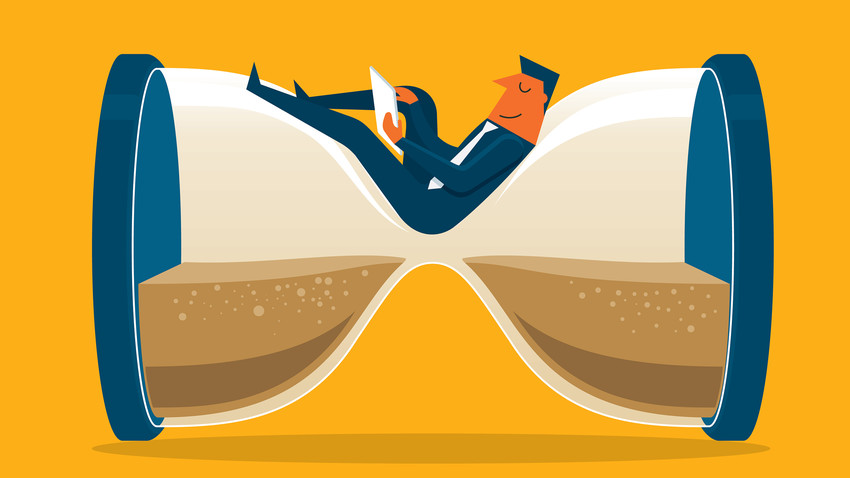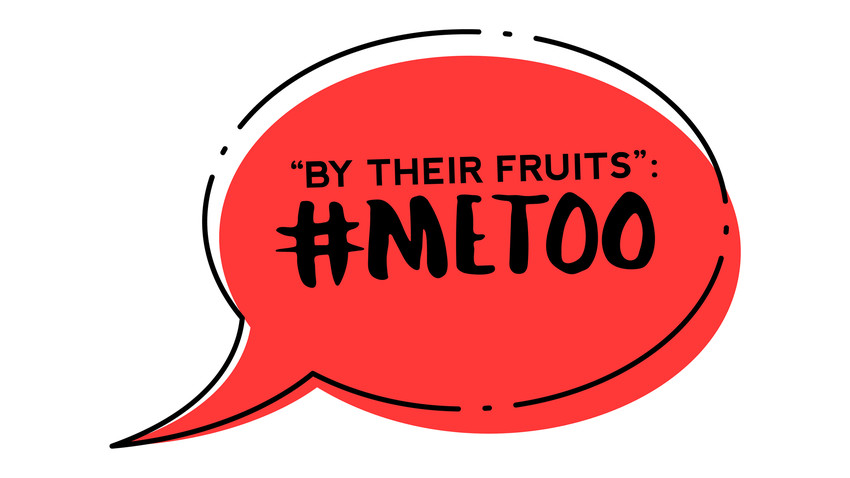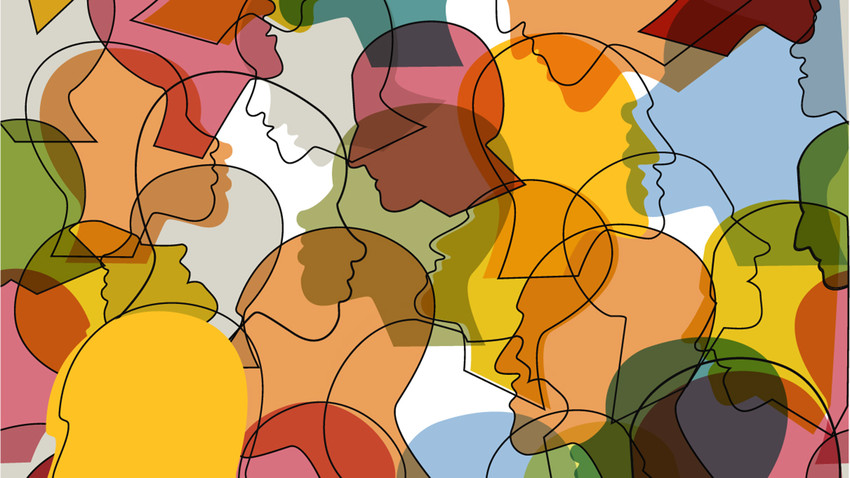What's not to like about Labor Day? The school year is only a few hours old, and they declare a holiday! Does it get any better than that? Actually, it does—but that's a matter for another blog.
Wikipedia offers this bit of Labor Day history: ". . . the idea of Labor Day was the brainchild of Peter J. McGuire, a vice president of the American Federation of Labor, who put forward the initial proposal in the spring of 1882. According to McGuire, on May 8, 1882, he made a proposition to the fledgling Central Labor Union in New York City that a day is set aside for a 'general holiday for the laboring classes'. According to McGuire he further recommended that the event should begin with a street parade as a public demonstration of organized labor's solidarity and strength, with the march followed by a picnic, to which participating local unions could sell tickets as a fundraiser. According to McGuire, he suggested the first Monday in September as an ideal date for such a public celebration, owing to optimum weather and the date's place on the calendar, sitting midway between the Fourth of July and Thanksgiving public holidays" (en.wikipedia.org/wiki/Labor_Day).
It may have been a holiday crafted by labor unions once upon a time, but most Americans give little thought to that history as they lather up the sunscreen for summer's last fling.
And it's a bit embarrassing to acknowledge that most Earth inhabitants give even less thought to the non-labor-day celebration of the ancient holiday/holy-day bestowed once upon a time to the entire human race.
"And on the seventh day God ended His work [labor] which He had done, and He rested on the seventh day from all His work [labor] which He had done" (Genesis 2:2). The Creator's non-labor-day Gift of time (the seventh day) to humanity "in the beginning"—but who remembers it anymore?
Sigve Tonstad suggests a fresh depth to this divine Gift: "The Sabbath has the power to overturn distorted priorities. In the biblical perspective, the Sabbath interrupts the routine of clock time and the obligation of work by calling all creation to a day of rest according to the great clock of nature. As daylight fades every Friday night, 'from evening to evening' (Lev. 23:32), the Sabbath breaks the cycle of business and the struggle for subsistence. At the setting of the sun, clock time yields to Creation time in order to respond to a higher summons, mediated by the clock of Creation. Human priorities, set by the clock and the necessity of working, come face to face with God's generous provision" (The Lost Meaning of the Seventh Day 382).
Rest. Cessation of labor. Quiet, rhythmic breathing again. Why? Because Someone else has already undertaken the labor, has done the heavy lifting, has breathed His own breath into the human being and then has summoned us—you and me—to catch that breath, our breath, and to rest in Him. "Tell your heart to beat again"—the words of Danny Gokey's hit song—is the whispered appeal of the non-labor-day Sabbath.
And remember: ". . . every time the Sabbath came round, while it would of necessity bring before the minds of [humanity] the glory of God's wisdom, power, and goodness, as manifested in His works of creation, it would bring still more prominently before [our] minds, and present in special splendour and attractiveness, the crowning glory of His love, manifested in His coming so very near to [us] in friendship . . . as man's glorious Friend" (John Kellman in Sakae Kubo's God Meets Man 15-16).
Rest. In our "glorious Friend." Who came "so very near to [us] in friendship." Who remains "so very near to [us] in friendship."
Rest. Because to labor over what He has already declared "very good" (Genesis 1:31) and "finished" (John 19:30) belabors the point of His Gift beyond the point of credulity.
So this seventh-day Sabbath just rest. Rest in the One whose labor is finished but whose love is everlasting.
Rest.









